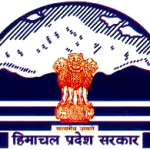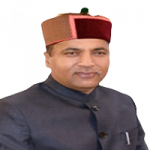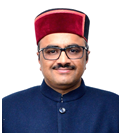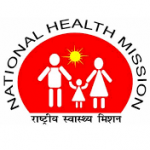Health Programs
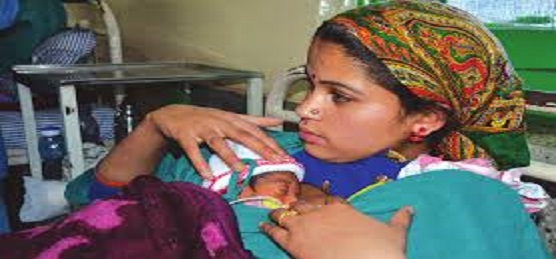
Maternal Health
Addressing the health status of the women during pregnancy, child birth and the postpartum period is an important step to reduce maternal mortality.
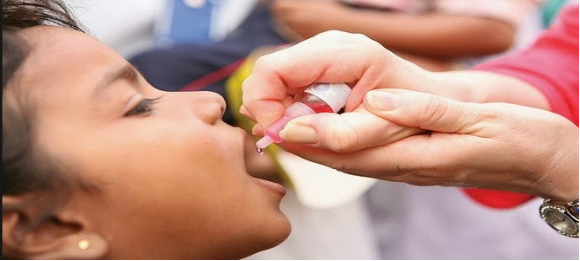
Child Health
In Himachal Pradesh, an estimated 1.1 Lac children are born every year. As per SRS 2011, the share of Children (0-6 years) accounts 11.6 % of the total population in the state.

Family Planning
Family planning programme is the first national programme launched in 1952 for reducing birth rate To stabilize the population at a level consistent with the national economy
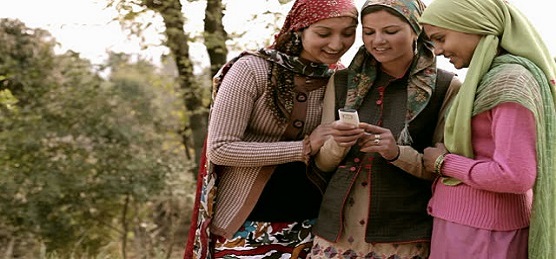
Adolescent Health(RKSK)
Young People play an important role in our state’s health and future. Hence programmes about the health of children and the young people affect not only their lives, but also the health of the community as a whole.
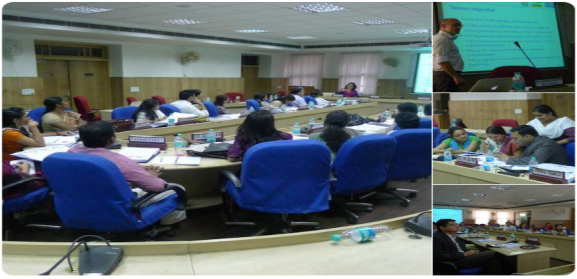
IDSP
Integrated Disease Surveillance Project (IDSP) is a decentralized system of disease surveillance for timely and effective public health action with a focus on functional integration of surveillance components of various vertical programmes.
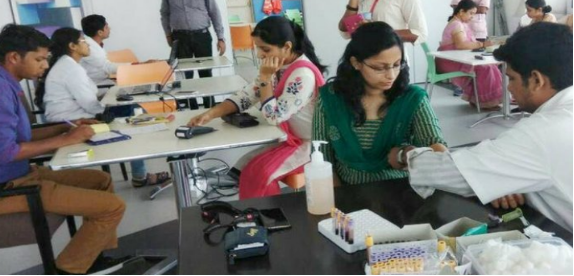
Non Communicable Diseases (NCDs)
Non-communicable diseases (NCDs) are the leading cause of adult mortality and morbidity worldwide. GOI initiated a National Programme for Prevention and Control of Cancers, Diabetes, Cardiovascular Diseases and Stroke (NPCDCS).
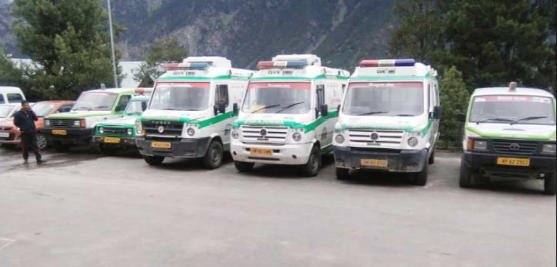
Health Transport- (108) and (102)
Due to its geographical conditions and tough terrain, Himachal Pradesh, has high accident rate in the country. Many other precious lives are lost and people suffer disabilities due to lack of timely medical care.
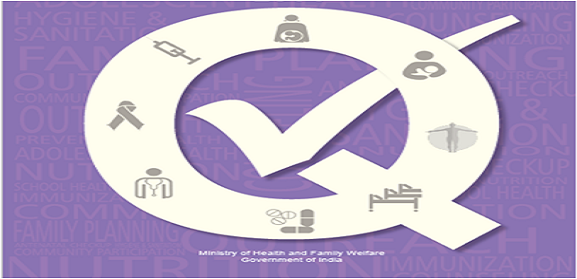
Quality Assurance
The National Health Mission (NHM) was launched in the year 2005 with the goal “to improve the availability of and access to quality health care for people, especially for those residing in rural areas, the poor, women and children.”

Ayushman Bharat
Ayushman Bharat Yojana Scheme is a project initiated by the Central Government in India to transform the healthcare industry. The Ayushman program has been designed to address the current deficiencies in public sector healthcare.

Free Diagnostic Services
Diagnostics are an integral part of the health care system and provide the information needed by service providers to make informed decisions about care provision related to prevention, screening, detection, treatment and management.

National Oral Health Programme (NOHP)
National Oral Health Programme (NOHP) is a new initiative by National Health Mission to provide infrastructure and manpower to enhance dental / oral health services for the general public.
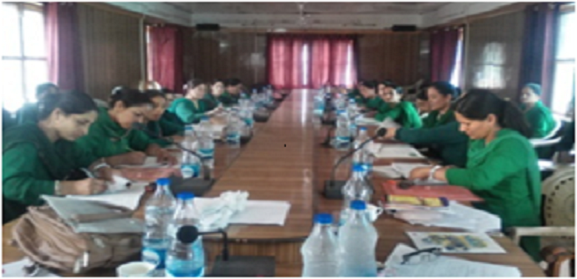
Community Process
To achieve this goal, the program components in NRHM are the ASHA, the Village Health Sanitation and Nutrition Committee (VHSNC), community programme, the involvement of NGOs and public participation in facility-based committees.
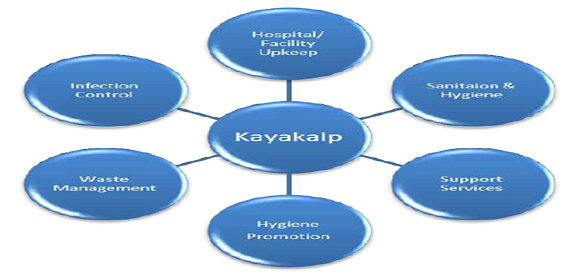
Kayakalp
After the launch of ‘’Swachh Bharat Abhiyan (SBA)’’ on 2nd October 2014, ‘’Kayakalp’’ initiative was launched by the Ministry of Health & Family Welfare on 15th May 2015 to complement these efforts.
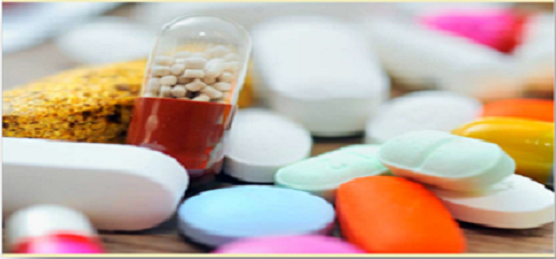
MMNDY
Free drugs services initiative in Himachal Pradesh is known as Mukhya Mantri Nishulak Dawai Yojna (MMNDY) since 2017. Under this initiative maximum of 330 Medicines /consumables are being given to all the patients free of cost.
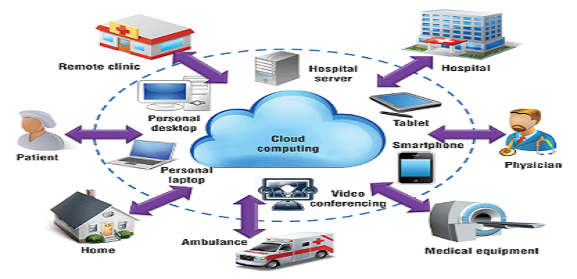
IHIP
An Integrated Health Information Platform (IHIP) is being set up by the Ministry of Health and Family Welfare (MoHFW). The primary objective of IHIP is to enable the creation of standards-compliant Electronic Health Records (EHRs) on a pan-India basis using Health Information Exchange (HIE).
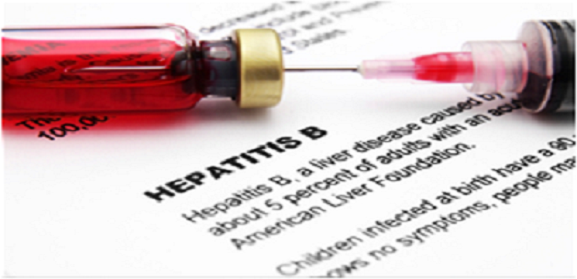
NVHCP
The National Viral Hepatitis Control Program is an integrated initiative for the prevention and control of viral hepatitis in India to achieve Sustainable Development Goal (SDG) 3.3 which aims to end viral hepatitis by 2030.
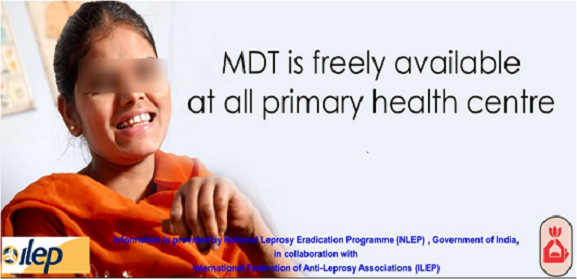
NLEP
The National Leprosy Eradication Programme is a centrally sponsored Health Scheme of the Ministry of Health and Family Welfare, Govt. of India. The Programme is headed by the Deputy Director of Health Services (Leprosy) under the administrative control of the Directorate General Health Services Govt. of India.
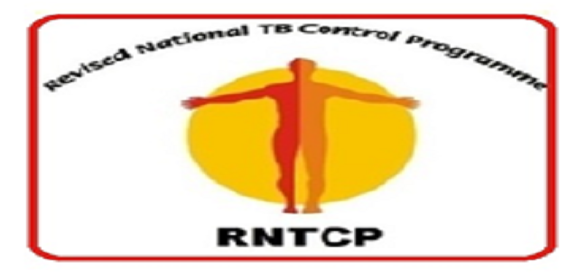
RNTCP
There is an estimated incidence of 28 lakh cases in a year in India and 4.8 lakhs TB deaths are occurring in a year in India. However, near 17 lakhs patients are reported to National Program (RNTCP), remaining 10 lakh patients are usually referred to as “Missing Millions TB Patient’s”.
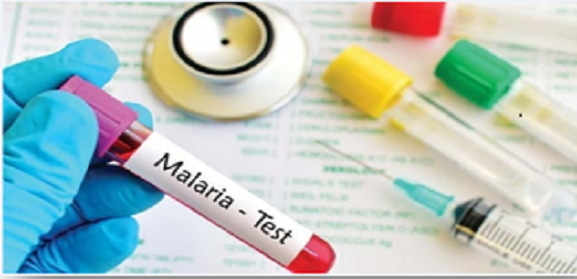
NVBDCP
National Vector Borne Disease Control Programme is an umbrella Programme for prevention and control of vector-borne diseases. Following diseases come under this programme.
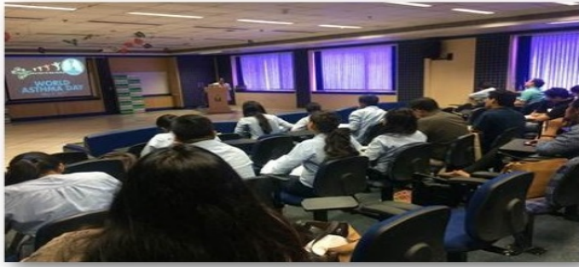
IEC
Information, Education and Communication (IEC) ai at changing or reinforcing health-related behaviors in a target audience, concerning a specific problem and within a pre-defined period of time, through various communication methods.

NPCBVI
National Programme for Control of Blindness & Visual Impairment (NPCBVI) was launched in the year 1976 as a 100% Centrally Sponsored scheme with the goal to reduce the prevalence of blindness from 1.4% to 0.3%. As per Survey in 2001-02, prevalence of blindness is estimated to be 1.1%.
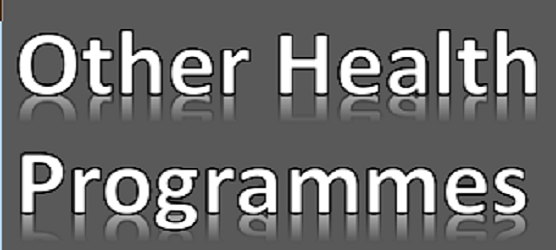
Other Programmes
This section comprises of other programmes by the state. It comprises of ;-
- National Program For Prevention And Control Of Deafness (NPPCD)
- National Programme for the Health Care for the Elderly (NPHCE)
- Multi-Specialty Surgical Camps(MSSC)
- National Urban Health Mission (NUHM)

Immunization
Immunization is the process whereby a person is made immune or resistant to an infectious disease, typically by the administration of a vaccine.Vaccines stimulate the body’s own immune system to protect the person against subsequent infection or disease.

NIDDCP
Iodine is one of the essential elements required for normal human growth and development. Its daily per capita requirement is 150 micrograms. Deficiency of iodine in the diet may result in the development of goiter and other iodine deficiency disorders (IDD) including physical and mental retardation and endemic cretinism
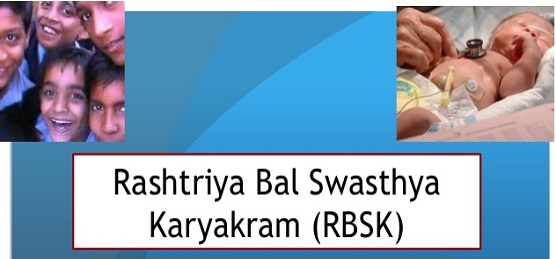
Rashtriya Bal Swasthya Karyakram (RBSK)
Rashtriya Bal Swasthya Karyakram (RBSK) is a new initiative aiming at early identification and early intervention for children from birth to 18 years to cover 4 ‘D’s viz. Defects at birth, Deficiencies, Diseases, Development delays including disability.
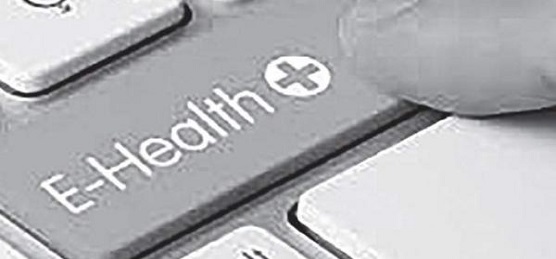
E-Health
This section comprises of other programmes by the state. It comprises of ;-
- Health Information System (HIS)
- Health Management Information System (HMIS)
- Mother & Child Tracking System (RCH Portal)
- Comprehensive Call Centers
- Telemedicine
- M-Health Initiative

NATIONAL MENTAL HEALTH PROGRAMME (NMHP)
It is estimated that 6-7 % of population suffers from mental disorders. The World Bank report (1993) revealed that the Disability Adjusted Life Year (DALY) loss due to neuropsychiatric disorder is much higher than diarrhea, malaria, worm infestations and tuberculosis if taken individually.
